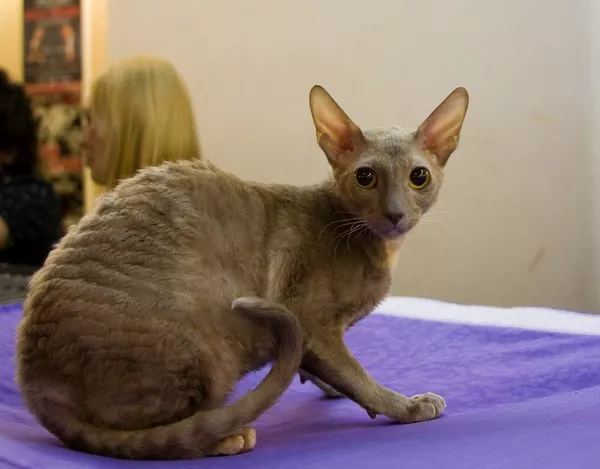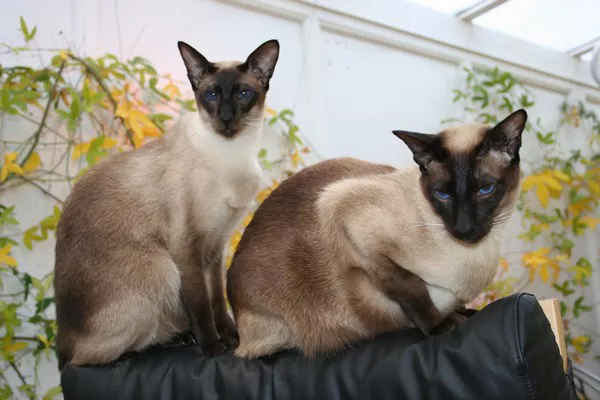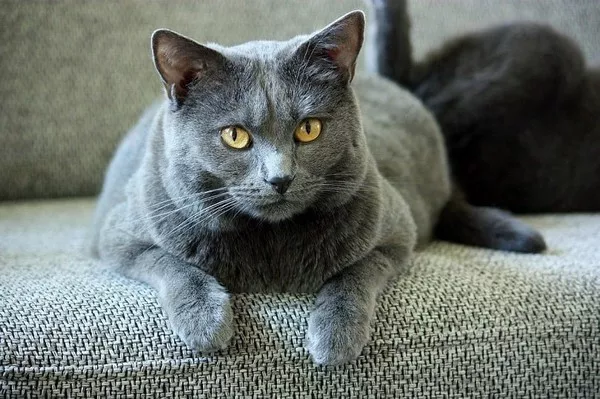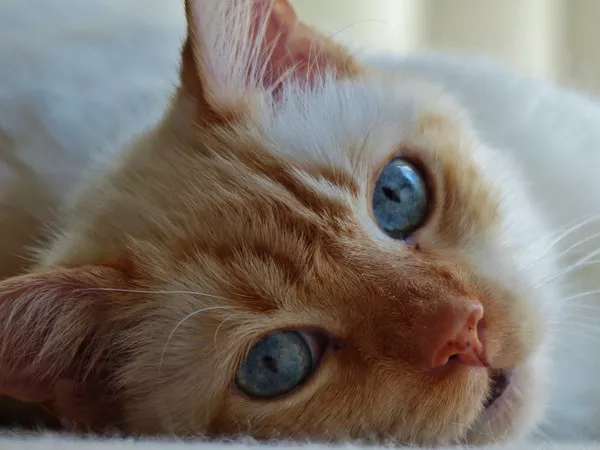Cornish Rex cats, known for their distinctive curly coats and playful personalities, are a beloved breed among cat enthusiasts. However, like all cats, Cornish Rex cats shed to some extent. Shedding is a natural process that helps cats maintain healthy skin and fur, but excessive shedding can be a cause for concern for cat owners. In this comprehensive guide, we’ll explore the topic of shedding in Cornish Rex cats, including the factors that influence shedding, how much they shed, and strategies for managing shedding effectively.
Understanding Shedding in Cats: The Basics
Before we delve into shedding specifically in Cornish Rex cats, it’s essential to understand the basics of shedding in cats. Shedding is a natural process that occurs in all cats, regardless of breed, age, or health status. Cats shed their fur as part of their natural growth cycle, with old or damaged fur being replaced by new growth. Shedding helps cats regulate their body temperature, remove dead or damaged fur, and maintain healthy skin and coat.
Factors Influencing Shedding in Cornish Rex Cats
While shedding is a normal and natural process in all cats, the amount and frequency of shedding can vary depending on several factors, including:
1. Breed Genetics
The genetics of the Cornish Rex breed play a significant role in determining the extent of shedding in individual cats. Cornish Rex cats are known for their unique coat type, which is short, curly, and often described as “rexed.” While their coats may appear less dense than those of other breeds, Cornish Rex cats still shed to some extent, albeit less noticeably than breeds with longer, denser fur.
2. Seasonal Changes
Like many animals, cats may shed more heavily during certain times of the year, typically in the spring and fall. This shedding, known as seasonal shedding or molting, helps cats adapt to changes in temperature and daylight hours. While Cornish Rex cats may not experience as dramatic fluctuations in shedding as some other breeds, they may still shed more during seasonal transitions.
3. Health and Nutrition
A cat’s overall health and nutrition can also influence the amount and quality of shedding. Cats with underlying health conditions or nutritional deficiencies may experience abnormal shedding patterns or changes in the texture and appearance of their fur. Providing your Cornish Rex cat with a balanced and nutritious diet, regular veterinary care, and proper grooming can help promote healthy skin and coat and reduce excessive shedding.
How Much Do Cornish Rex Cats Shed?
Cornish Rex cats are often touted as a low-shedding breed due to their unique coat type. Their short, curly fur may appear less prone to shedding than that of other breeds with longer, denser coats. However, Cornish Rex cats still shed to some extent, although the shedding may be less noticeable than in breeds with longer fur. The amount and frequency of shedding in Cornish Rex cats can vary from cat to cat, depending on factors such as genetics, health, and seasonal changes.
Managing Shedding in Cornish Rex Cats
While Cornish Rex cats may shed less than some other breeds, they still require regular grooming and care to help minimize shedding and keep their coats healthy and lustrous. Here are some tips and strategies for managing shedding in Cornish Rex cats:
1. Regular Grooming
Despite their short, curly coats, Cornish Rex cats benefit from regular grooming to remove loose fur and minimize shedding. Use a soft-bristled brush or grooming mitt to gently brush your cat’s coat once or twice a week, paying special attention to areas prone to matting or tangling, such as behind the ears and under the chin.
2. Proper Nutrition
Provide your Cornish Rex cat with a balanced and nutritious diet that meets their specific dietary needs. A diet rich in high-quality protein, essential fatty acids, and vitamins and minerals can help support healthy skin and coat and reduce excessive shedding.
3. Environmental Enrichment
Provide your Cornish Rex cat with plenty of mental and physical stimulation to help reduce stress and anxiety, which can contribute to excessive shedding. Interactive toys, puzzle feeders, and opportunities for play and exploration can help keep your cat mentally and physically engaged and may help reduce shedding caused by stress.
4. Regular Veterinary Care
Schedule regular check-ups with your veterinarian to monitor your Cornish Rex cat’s overall health and well-being. Your veterinarian can offer guidance on proper grooming, nutrition, and preventive care to help minimize shedding and keep your cat looking and feeling their best.
Conclusion: Navigating Shedding in Cornish Rex Cats
In conclusion, while Cornish Rex cats may shed less than some other breeds due to their unique coat type, they still require regular grooming and care to help manage shedding effectively. Understanding the factors that influence shedding in Cornish Rex cats, such as breed genetics, seasonal changes, and health and nutrition, can help cat owners develop a proactive approach to managing shedding and keeping their feline companions happy and healthy for years to come.


























